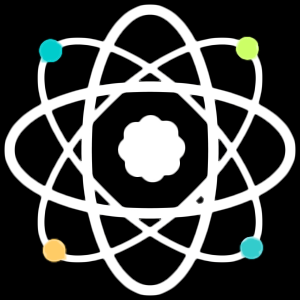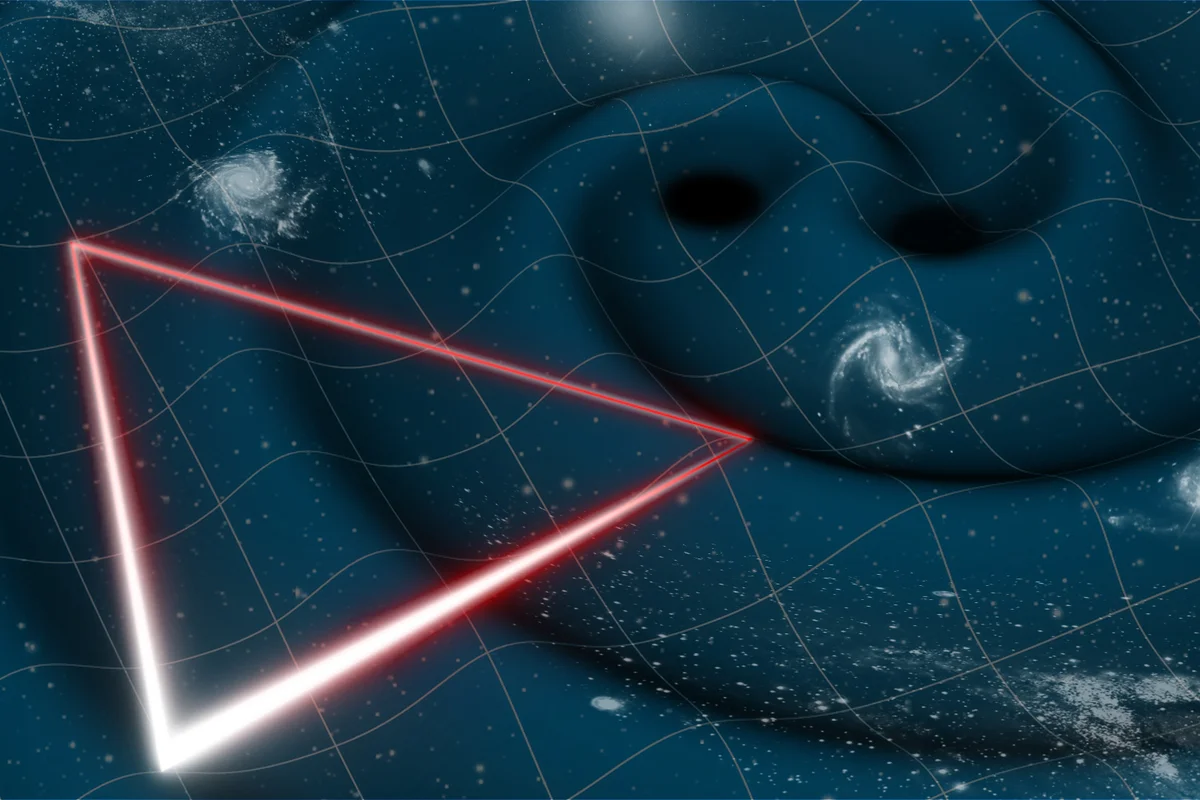The Laser Interferometer Space Radio wire (LISA) will open another period in cosmology that carries researchers really close to concentrating on gravitational waves since long before recorded history.
Orbital observatories, for example the Hubble Space Telescope and James Webb Space Telescope (JWST) can see far once more into the universe up to this point, as a matter of fact, that they have uncovered probably the earliest worlds to shape in the initial 500 million years of our universe's 13.8-billion-year-history. A lot further back, we can see the remainder heat left over from the enormous detonation the inestimable microwave foundation (CMB) radiation, which was transmitted around 400,000 years into infinite history.
However, what might be said about the period after the CMB showed up and before the principal stars and universes shaped, somewhere down in the purported astronomical dull ages? Is it potential we could observer the introduction of a portion of the principal objects in the universe? The undertaking is an outlandishly difficult task with Hubble and JWST: such articles are essentially excessively little and weak. However, with another unit of gravitational-wave observatories, distinguishing the stirrings of a few early infinite appearances explicitly dark openings ought to be a snap.
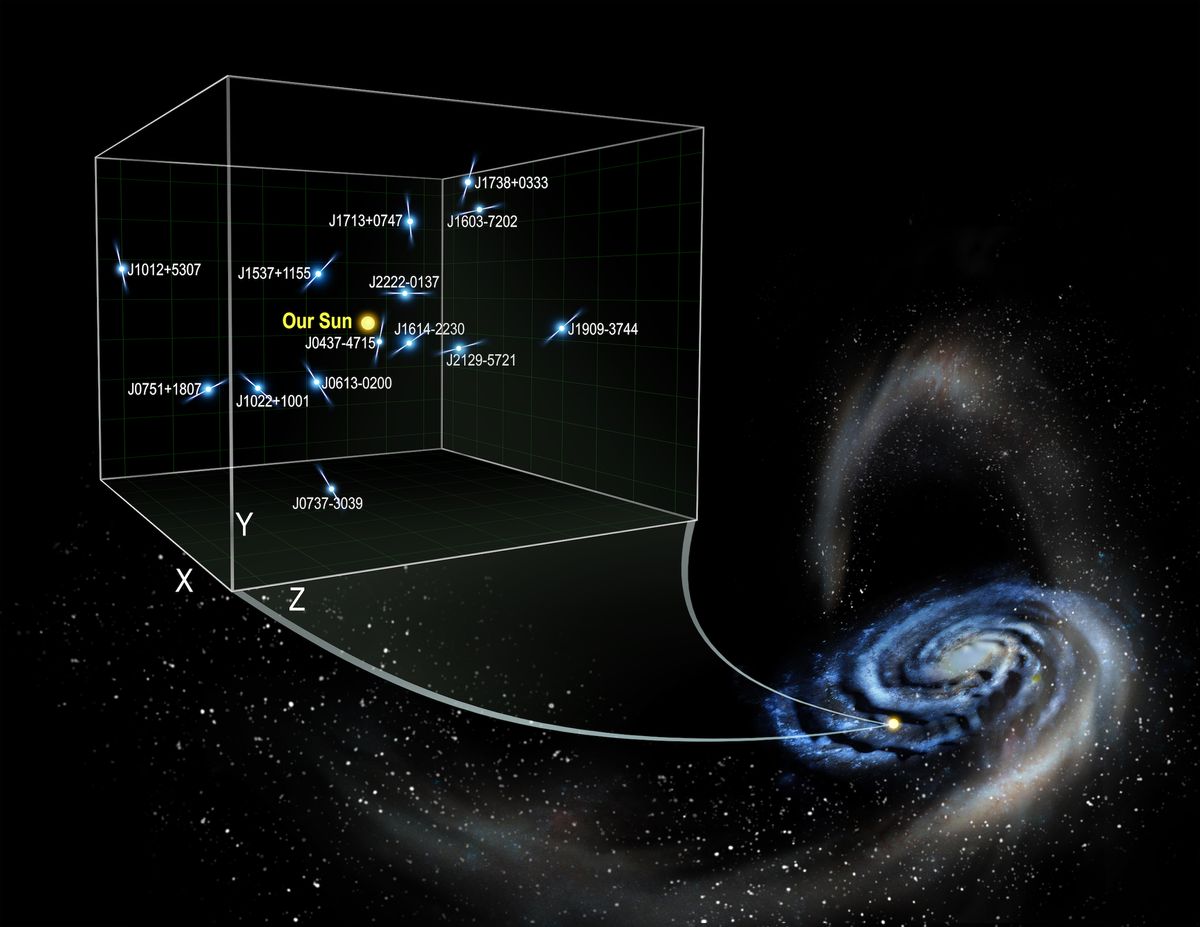
The best news: those observatories are now being planned. The period of gravitational waves has shown up, says Chiara Mingarelli, a gravitational-wave space expert at Yale College.
Last month the European Space Organization (ESA) supported the most recent achievement in this period, a €1.5 billion ($1.6 billion) space observatory called the Laser Interferometer Space Radio wire (LISA). Containing three free-flying space apparatus each isolated by 2.5 million kilometers in their circles around the sun, LISA will look for a particular recurrence of gravitational waves concealed by the ongoing yield of ground-based identifiers.
These are the Laser Interferometer Gravitational-Wave Observatory (LIGO)/Virgo cooperation in the U.S. what's more, Italy joined by the Kamioka Gravitational-Wave Identifier (KAGRA) in Japan, albeit that observatory's activity has had mishaps as well as different pulsar timing clusters like the North American Nanohertz Observatory for Gravitational Waves (NANOGrav) in the U.S. what's more, Canada, which made its most memorable major conclusive discovery last year.
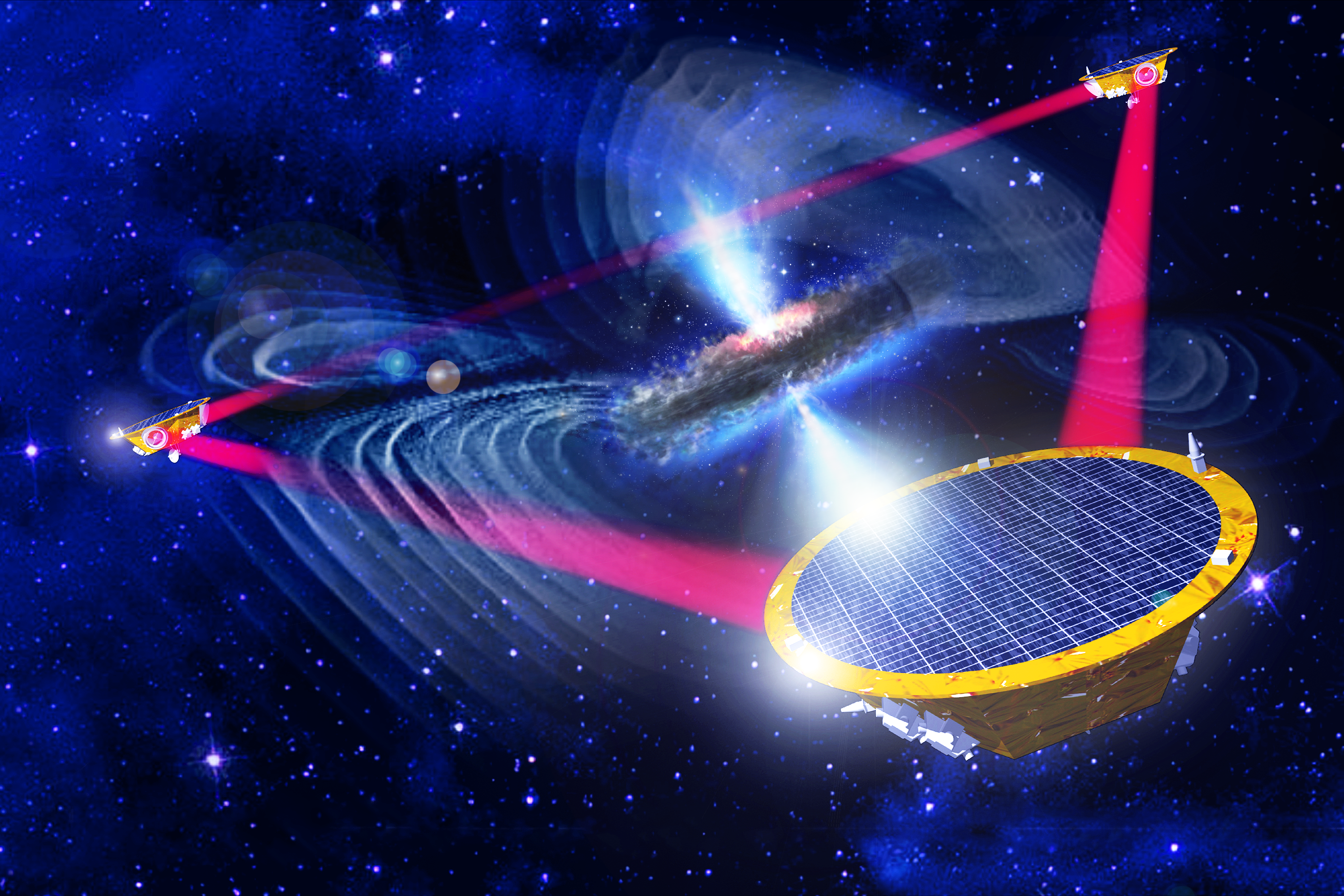
LIGO and its kind primarily identify gravitational waves from dark openings with masses close to that of our sun at the point that they consolidate. Pulsar timing clusters observer waves from the sluggish, creepy inspiral of a lot bigger supermassive dark openings, which sneak at the focuses of worlds like our own. However, we are feeling the loss of the in the middle between, says Nora Lützgendorf lead project researcher for LISA and an astrophysicist at ESA.
That is where LISA comes in. Intended to send off as soon as 2035 its three shuttle will each contain two little, baseball-sized drifting shapes made of gold and platinum. By terminating lasers between these 3D shapes and between its three shuttle LISA will quantify the small changes somewhere far off between them that are created by gravitational waves extending and compacting space as they wash over our planetary group.
However, to make such fragile estimations requires more than gaudy lasers: each shape should uninhibitedly float in space to accomplish as near ideal tranquility as conceivable while spinning around the sun, shielded against any possible annoyance from outer powers like the sun based breeze. The rocket will protect from the unfriendly impacts of profound space, says Oliver Jennrich, likewise of ESA and a LISA project researcher. That will allow LISA to identify gravitational waves with a frequency the top to top of the approaching wave of seconds to hours contrasted and milliseconds for LIGO/Virgo and years for pulsar timing clusters.
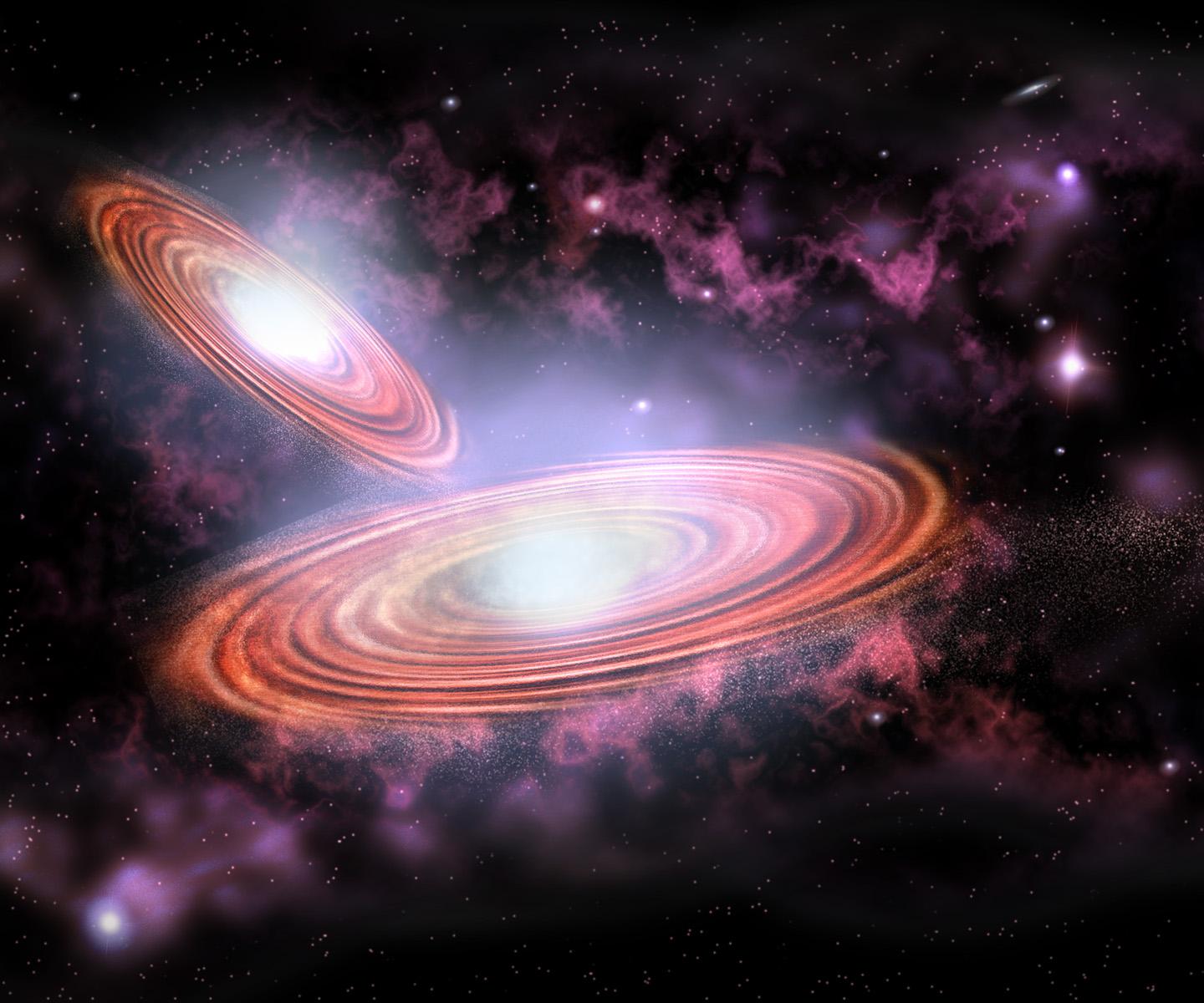
Such a frequency is a window on combining supermassive dark openings at the focuses of worlds with lower masses than those pulsar timing exhibits are delicate to; LISA ought to identify such behemoths from 10,000 to 10 million sun based masses, contrasted and one "billion to ten billion sun oriented masses" for pulsar timing clusters, which distinguish dark openings held onto inside a lot bigger cosmic systems than the ones LISA will notice, says Stephen Taylor of Vanderbilt College, NANOGrav's seat.
These exhibits are probably not going to at any point see the genuine second when two of these articles impact on the grounds that inspiraling supermassive dark openings can require a long period of time to meet up across their huge orbital partition. In any case, LISA could notice the consolidations of its objective populace of more modest dark openings and witness their last minutes weeks or even only hours before the consolidations happen. Utilizing LISA to screen universes across the whole sky, we anticipate two or three consolidations per year,Lutzgendorf says. This is as yet dubious in light of the fact that we don't have the foggiest idea how frequently supermassive dark openings converge in our universe. We have never tested this.
Will permit us to comprehend the nature and number of dark openings in the universe in a way no other type of stargazing can coordinate. Since its estimations are at a more limited size than those of the current locators, LISA won't observer the last consolidations of its heavenly mass dark openings, which framed from falling stars and circle like stars inside a world, yet passing the stick for this perception to LIGO and Virgo will be capable. It ought to be workable for such ground-based observatories to detect the obvious "twitter" as LISA's designated dark openings winding nearer together and shift their transmitted gravitational waves to more limited frequencies where LISA's view blurs. "We can join those two estimations and gain some significant knowledge, Lützgendorf says including better gauges of the majority of the blending dark openings.
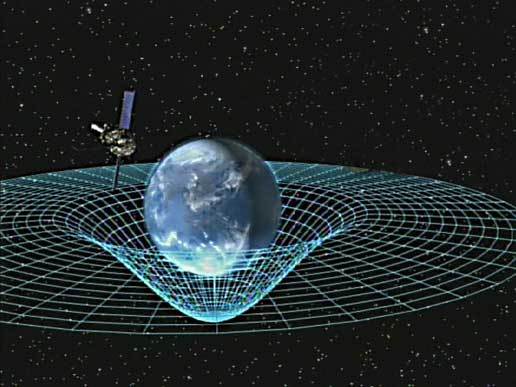
LISA may likewise observe the associations of transitional mass dark openings, a secretive class of these gravitational beasts that are bigger than heavenly mass and more modest than supermassive dark openings. Up until this point researchers have attempted to distinguish and concentrate on them. Consolidations of these average sized dark openings might have been the seeds of their supermassive family in the early universe, which could assist with making sense of how those monsters developed so rapidly. If transitional mass dark openings existed in the early universe, Mingarelli says, "they will be converging with one another, and LISA would see them.
LISA will be delicate to other, never-before-witnessed occasions as well for example the minutes when more modest neutron stars or dark openings fall into bigger supermassive dark openings and the sensitive, ghastly moving of heavenly carcasses called white midgets as they co-circle one another. There ought to be a huge number of white bantam parallels in the Smooth Manner," says Shane Larson at Northwestern College, a piece of a NASA-drove U.S.
Objects that dance together, be they dark openings or dead stars, toss out gravitational waves as they spin in the texture of spacetime. It is these waves that LISA and others notice, with the mass of the articles directing the frequency of gravitational waves delivered and hence characterizing which observatory will actually want to detect them. We currently realize such pairs are normal across the universe and fortunately so. Without them, gravitational waves wouldn't be driving a continuous galactic upheaval; our locators are a long way from adequate to observe the weak gravitational drum of solitary dark openings or other gigantic vast items.
The idea of how LISA functions implies that it will see every one of the signs from these occasions together as they occur. We anticipate consistent waves from great many sources, Lutzgendorf says. The genuine test of the observatory beside the designing obstacle which researchers definitely realize they can overcome thanks to a forerunner mission in 2015, LISA Pathfinder, which tried the free-drifting solid shape procedure in space is coaxing out the waves conveying this large number of signs from the ocean of grandiose commotion.

With customary telescopes that depend on mirrors to mirror approaching light into a camera, you know what direction a telescope is pointing Jennrich says. Gravitational waves, in any case, are sweeping a consistent progression of waves radiating out every which way from numerous sources. So you don't have the foggiest idea where things are coming from Jennrich says. Cautious triangulation by means of LISA's three-sided shape in space and its circle around the sun will endeavor to recognize and restrict sources.
At last, LISA and other comparative missions could prepare for much more aggressive space-based finders for example a proposition called the Huge explosion Spectator (BBO), which is a kind of "super-LISA. This would include not one triangle of three shuttle yet at least three triangles flying in line around the sun. The covering framework would permit researchers to "find each and every neutron star in the universe and each and every paired dark opening framework transmitting gravitational waves to which BBO would be delicate, says Neil Cornish, an astrophysicist at Montana State College.
Yet, the reason for making that guide is really clear it off of the sky to uncover a backcountry emerging from only one leftover wellspring of gravitational waves: signals produced from the enormous detonation itself. "With LISA, we can't eliminate every one of the signs alright Cornish says. With the BBO early stage gravitational waves would stream forward. The outcome of LIGO/Virgo, pulsar timing exhibits and presently the endorsement of LISA could put conversations of such a tempting mission on the table. LISA gives a decent beginning stage Cornish says. I'm trusting that will begin to happen now.
Frequently Asked Questions!
What is the space mission for gravitational waves?
The LISA (Laser Interferometer Space Recieving wire) mission, drove by ESA (European Space Office) with NASA commitments, will recognize gravitational waves in space utilizing three rocket, isolated by in excess of 1,000,000 miles, flying in a three-sided development.
Will gravitational wave hunters get an ultracool new tool in 2023?
Another sort of gravitational wave tracker is set to fire up in 2023, and it could likewise help in the quest for dull matter. Gravitational waves are swells in space-time made by occasions, for example, dark openings impacting.
What did Einstein say about gravitational waves?
Albert Einstein's overall hypothesis of relativity anticipated the presence of gravitational waves contortions in spacetime however accepted that they would be practically difficult to distinguish from Earth.
Will gravity change in the future?
Over the course of the following couple of billion years, Earth's gravity will change by minuscule sums on account of a few occasions. As the sun extends, the seas will bubble off into space, lessening the planet's mass and hence cutting the power of its gravity. However, Earth's center will likewise cool, so the planet will encounter warm compression.
Is gravity a wave or a force?
Gravity isn't simply a power that keeps things stuck together. Through how we might interpret general relativity, we realize that gravity can cause gravitational disturbances, or waves in the texture of room time.
